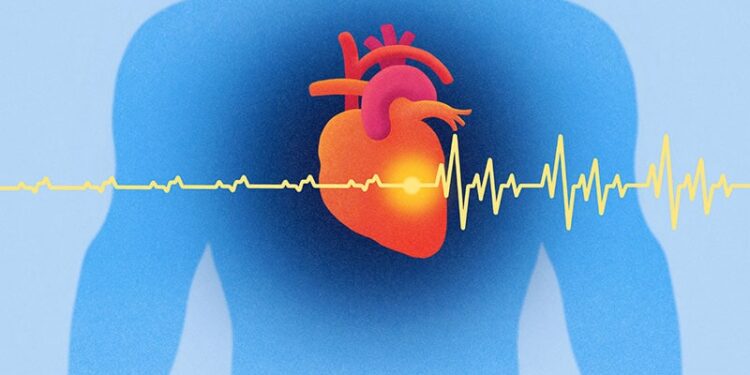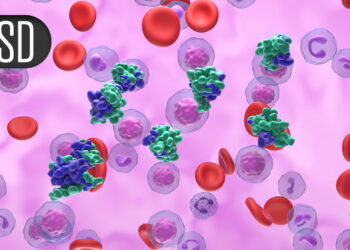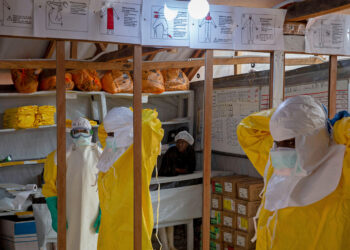The National Institute for Health and Care Excellence (NICE) has provisionally recommended leadless cardiac pacemaker implantation for patients with bradyarrhythmias who require single-chamber pacing.
In draft guidance, NICE said there was insufficient evidence to support their use for dual-chamber pacing outside of research settings.
Benefits Over Traditional Pacemakers
The recommendation is based on an evidence review involving over one million patients across multiple studies. These included a randomised controlled trial, four systematic reviews with meta-analyses, five registry studies, four prospective studies, and two retrospective studies.
Leadless pacemakers were found to be effective at detecting abnormal heart rhythms, restoring normal pacing, and improving quality of life. Unlike conventional transvenous pacemakers (TVPs), they do not require a chest incision, reducing the risk of infection and other complications, the regulator noted.
“The evidence demonstrates that leadless pacemakers can effectively regulate heart rhythm while reducing the risk of complications associated with traditional pacemakers, particularly infections and lead-related issues,” said Dr Anastasia Chalkidou, HealthTech programme director at NICE.
How Leadless Pacemakers Work
Bradyarrhythmias, which affect around 1 in 1000 people are typically treated with TVPs. These devices consist of a subcutaneous pacemaker box and leads that connect to the heart.
For single-chamber leadless pacemakers, the proximal end is attached to a deflectable delivery catheter system. It is usually inserted percutaneously through the femoral or jugular vein using an introducer sheath. It is then moved into the right atrium, through the tricuspid valve, and into the right ventricle.
Dual-chamber systems, which are still under evaluation, involve placing two devices — one in the right atrium and another in the right ventricle — during a single procedure.
NICE highlighted that TVPs are known to carry risks, including lead failure and generator-related complications.
Leadless pacemaker implantation may be preferable for patients with a history of device infection, endocarditis, immunosuppression, limited vascular access, or high infection risk.
Call for Further Research
While the draft guidance supports leadless pacemakers for single-chamber pacing, NICE said that more evidence is needed before endorsing their wider use. This includes research on patient selection — such as age, comorbidities, and the underlying cause of bradyarrhythmia — as well as data on implantation sites and clinical outcomes. Long-term durability of leadless devices also remains an area for investigation.
“The incidence of bradyarrhythmias increases with age, making this guidance particularly relevant to our ageing population,” said Professor Tom Clutton-Brock, chair of NICE’s interventional procedures advisory committee.
The draft guidance is open for public consultation until 23 July 2025. The advisory committee will meet again on 11 September 2025 to review feedback and finalise recommendations.
Rob Hicks is a retired National Health Service doctor. A well-known TV and radio broadcaster, he has written several books and has regularly contributed to national newspapers, magazines, and online publications. He is based in the United Kingdom.
Source link : https://www.medscape.com/viewarticle/nice-backs-leadless-pacemakers-some-heart-patients-2025a1000h2z?src=rss
Author :
Publish date : 2025-06-25 16:47:00
Copyright for syndicated content belongs to the linked Source.









